LED vs Incandecent Lights: Can You Really Save Energy at Home?
LED use less energy than incandescent bulbs because diode lamps are more efficient and energy efficient than filament lamps. LED bulbs use more than 75% less energy than incandescent bulbs. At low power levels, the difference is even greater. Bright LED floodlights use only 11 to 12 watts while producing light output comparable to 50 watt incandescent bulbs.
What is an LED light bulb?
Technically, an LED light bulb isn't a light bulb -- LED stands for "Light Emitting Diode." They are tiny semiconductors (diodes) wrapped in plastic to protect the components and focus the light. According to Dictionary.com, a diode is a "semiconductor device with two terminals that normally only allows current to flow in one direction." Current enters the anode (+) and exits the cathode (-). LEDs don't even have a filament like a light bulb.
How are LEDs different from incandescent lamps?
When we talk about "ordinary light bulbs" we mean incandescent light bulbs, the type that has been around since Thomas Edison patented his invention in 1879. These bulbs have glowing filaments that generate heat and light when energy flows through them. LEDs, on the other hand, have electrons flowing to produce photons - the light we can see. Photons generate almost no heat. LEDs also require less energy to produce the same brightness as incandescent bulbs and last longer.
But aren't LEDs more expensive?
In the past, the initial cost of LEDs was about twice the cost of incandescent bulbs. But costs have been falling, and it's now hard to find bulbs that aren't LED. That's because they're much more efficient than incandescent bulbs, and they save money in the long run. This makes them the product of choice in the lighting industry.
The average American household has about 40 light bulbs. Replacing all of these with LEDs can save $300 a year in energy costs (if they're incandescent bulbs - if you have CFLs, you can wait until they burn out and replace with LEDs). This is more than enough to make up for the slightly higher upfront cost of LEDs.
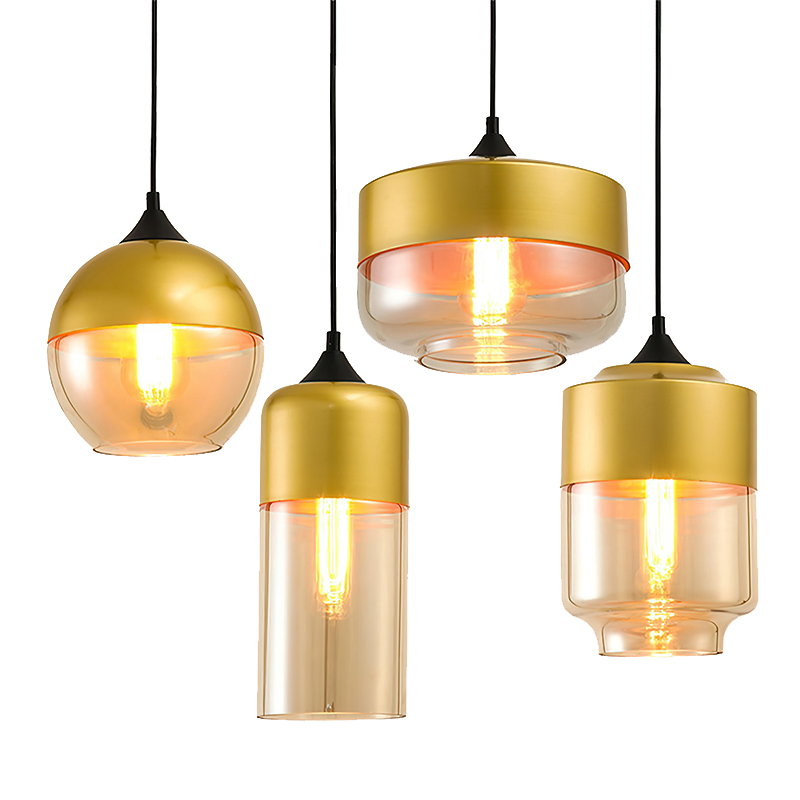
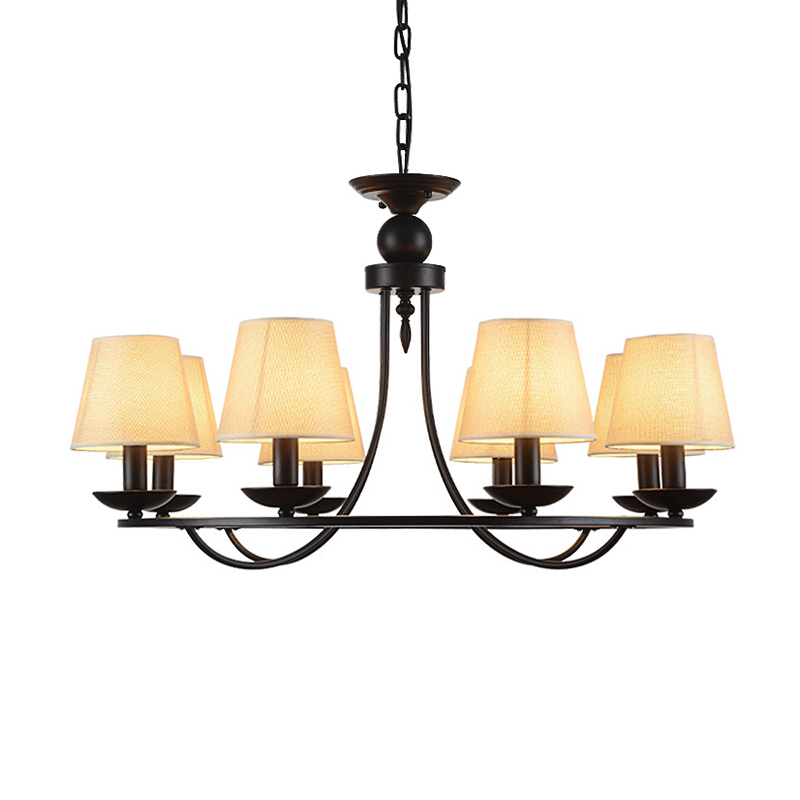
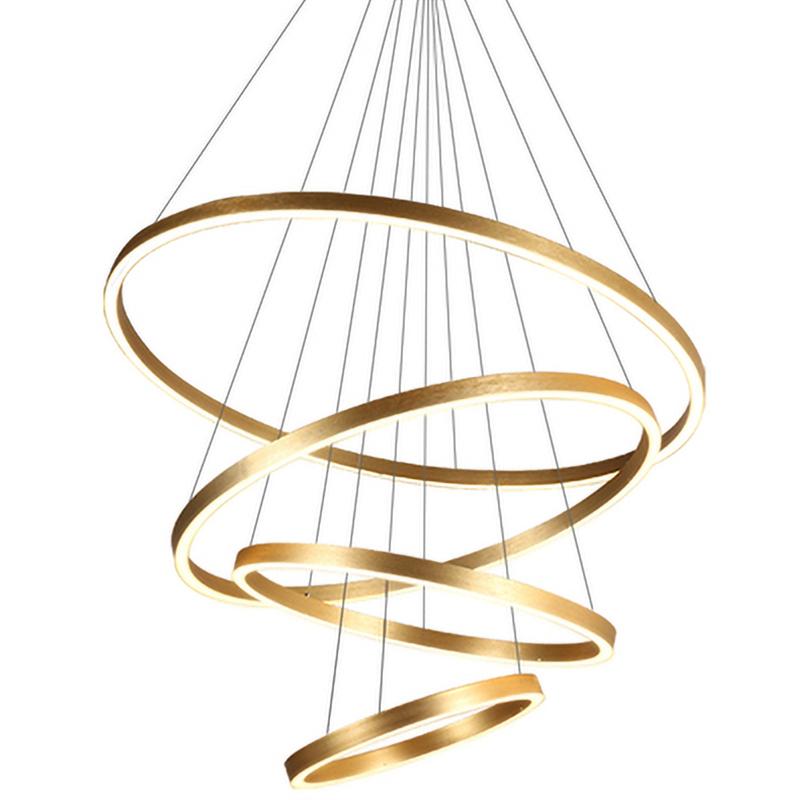
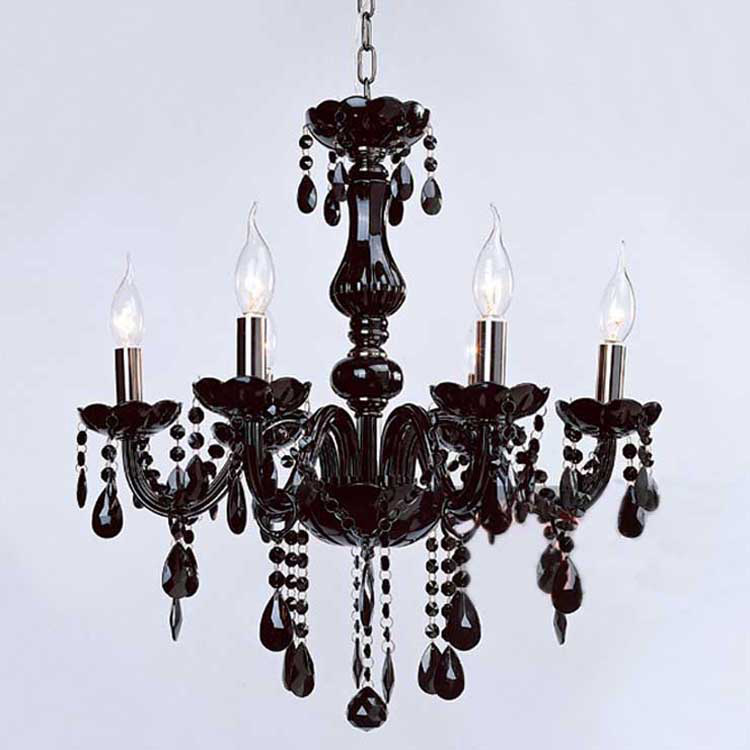

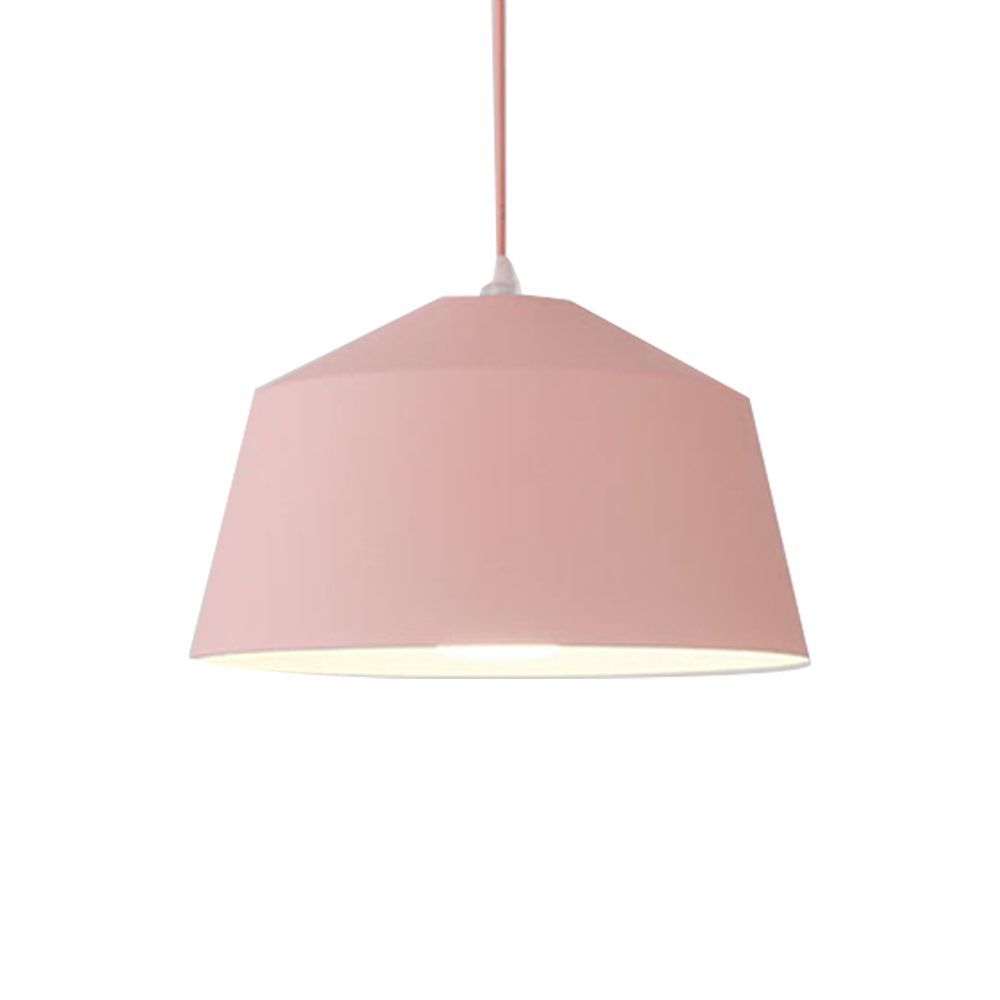
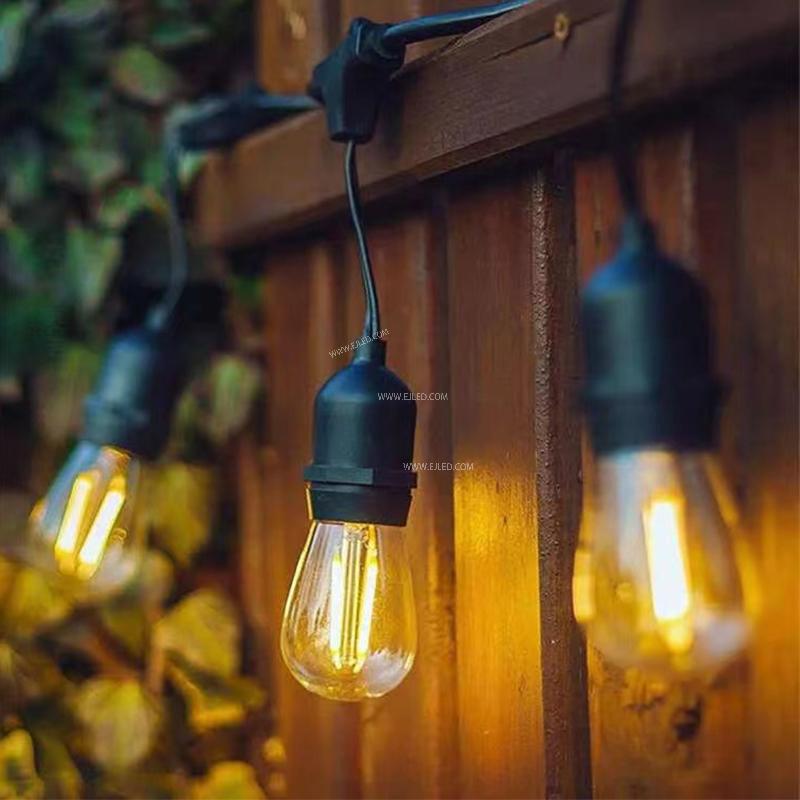
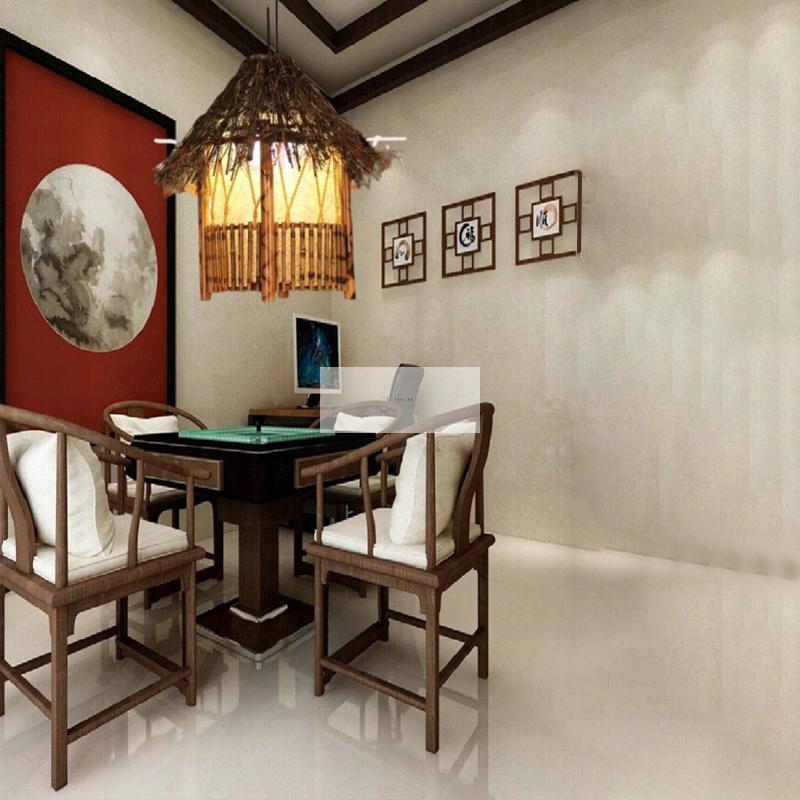
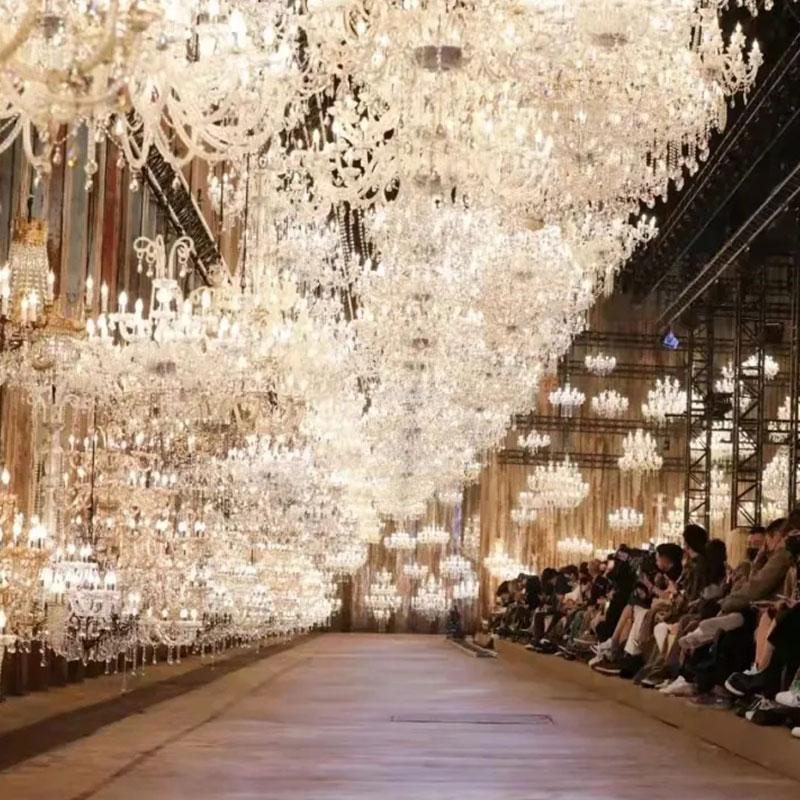
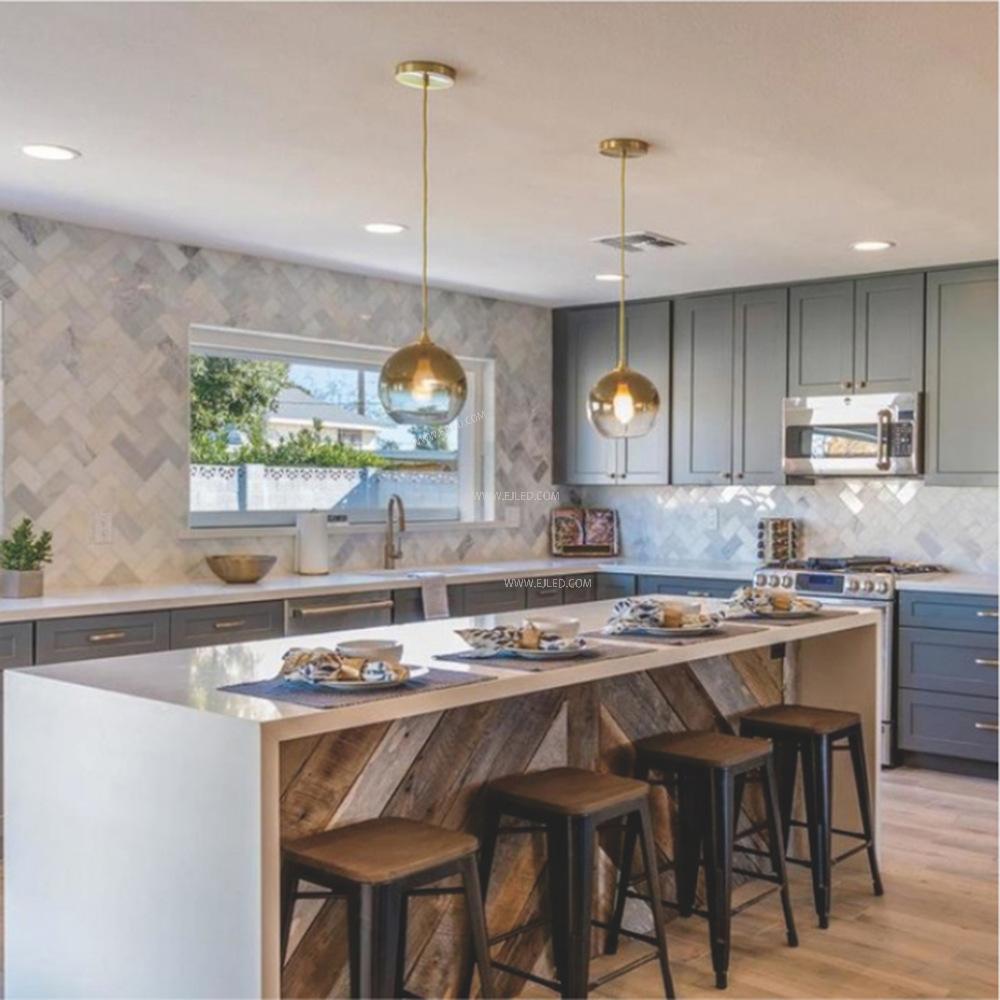

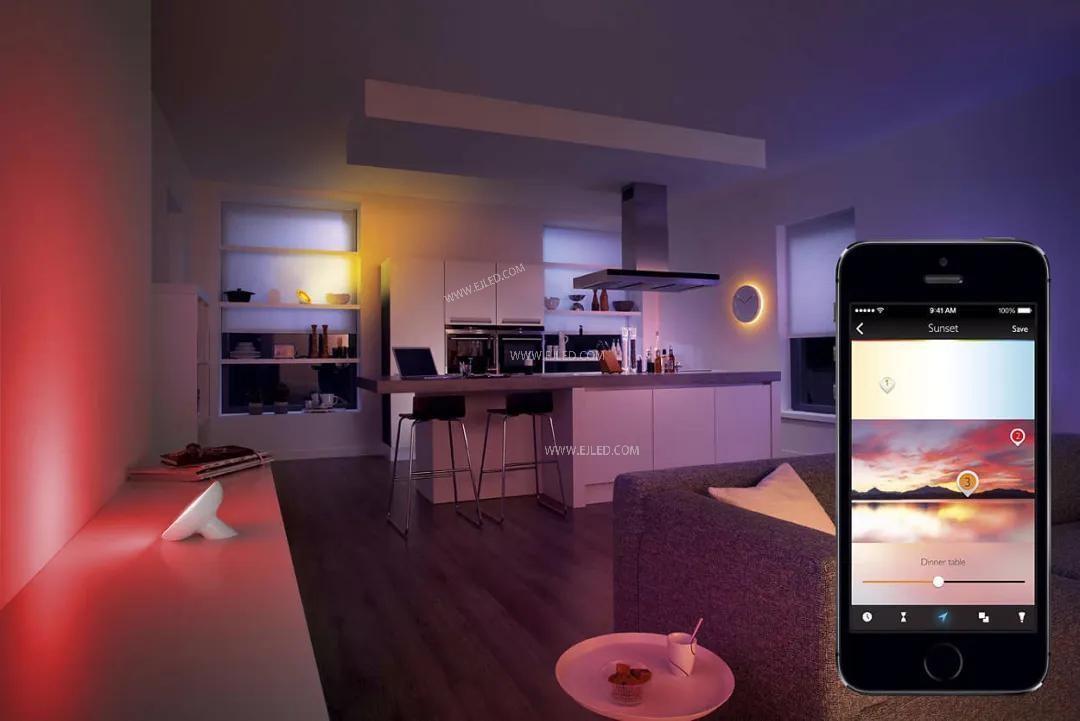

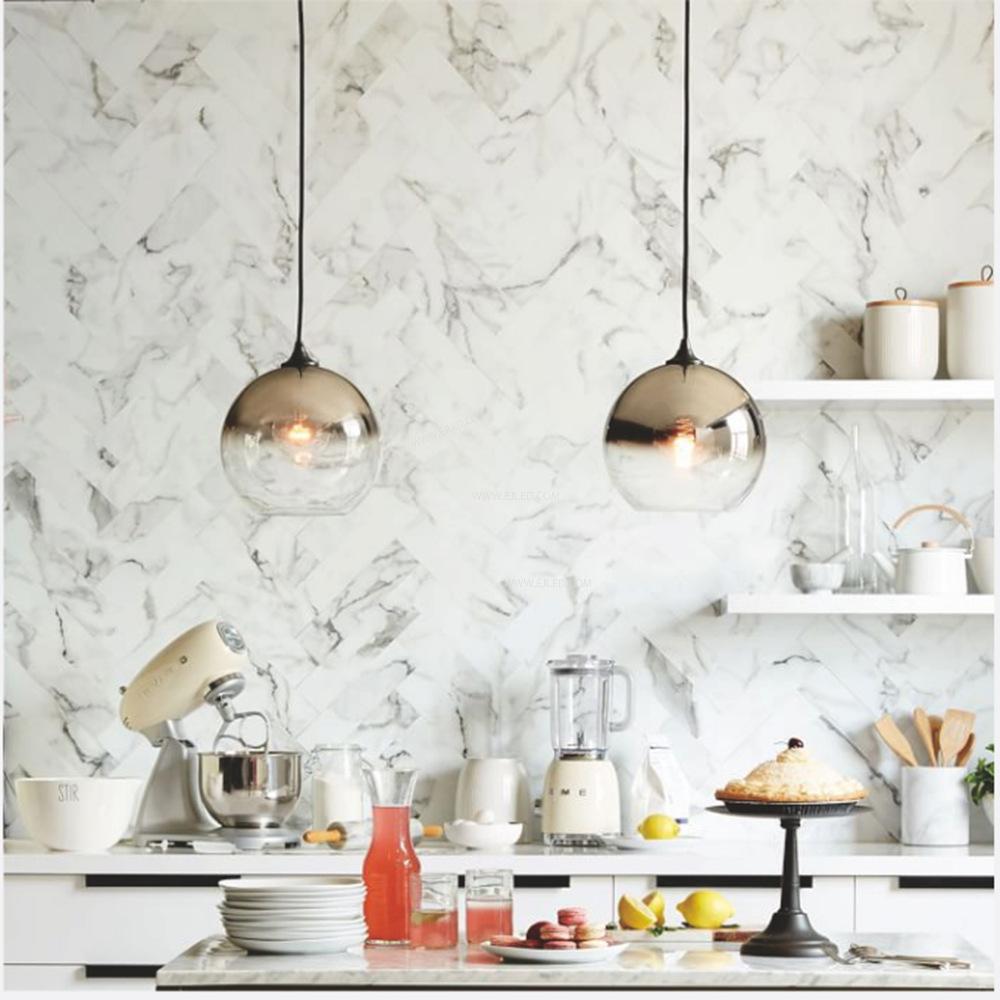
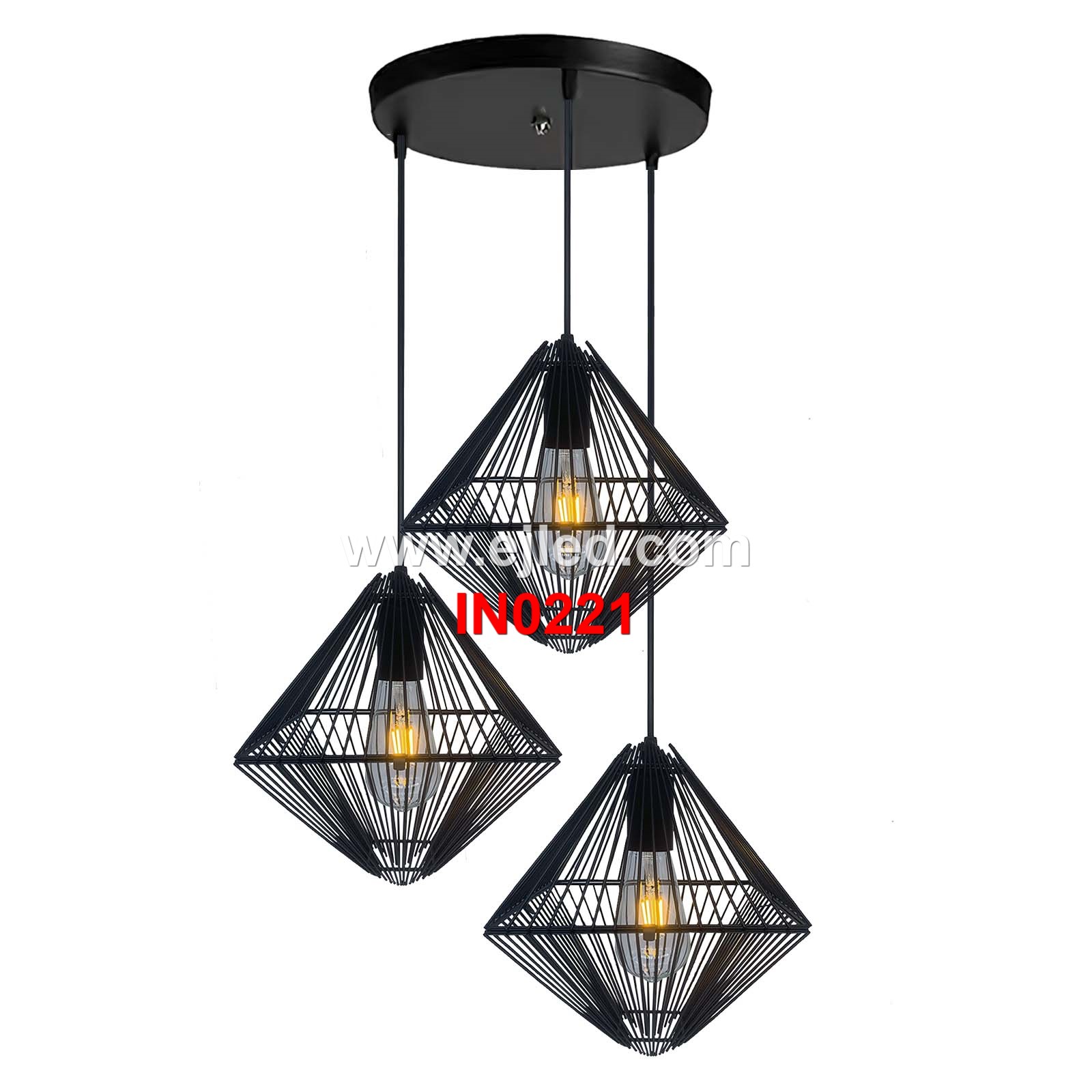
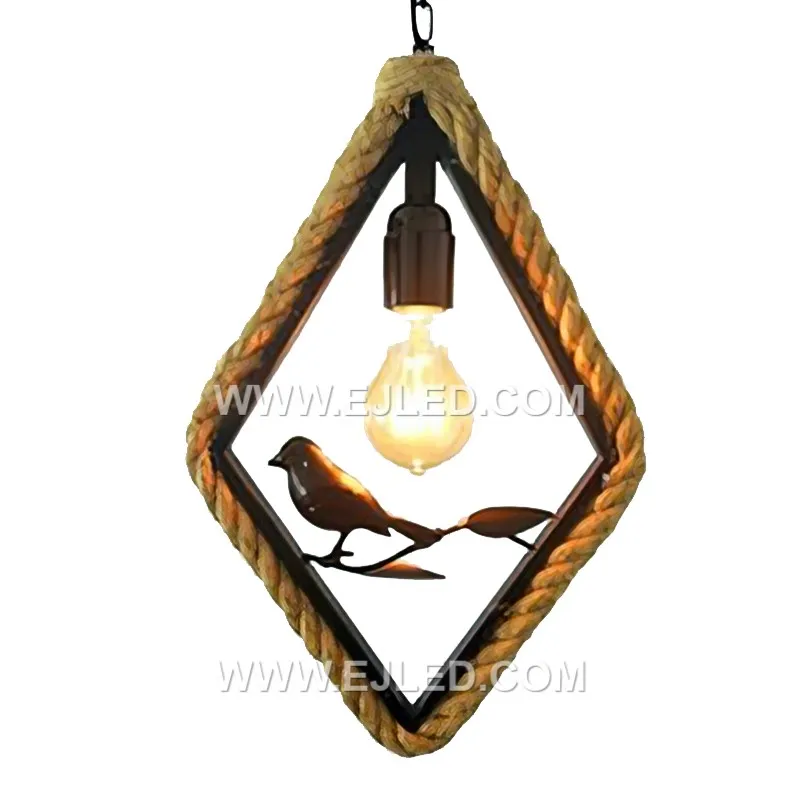
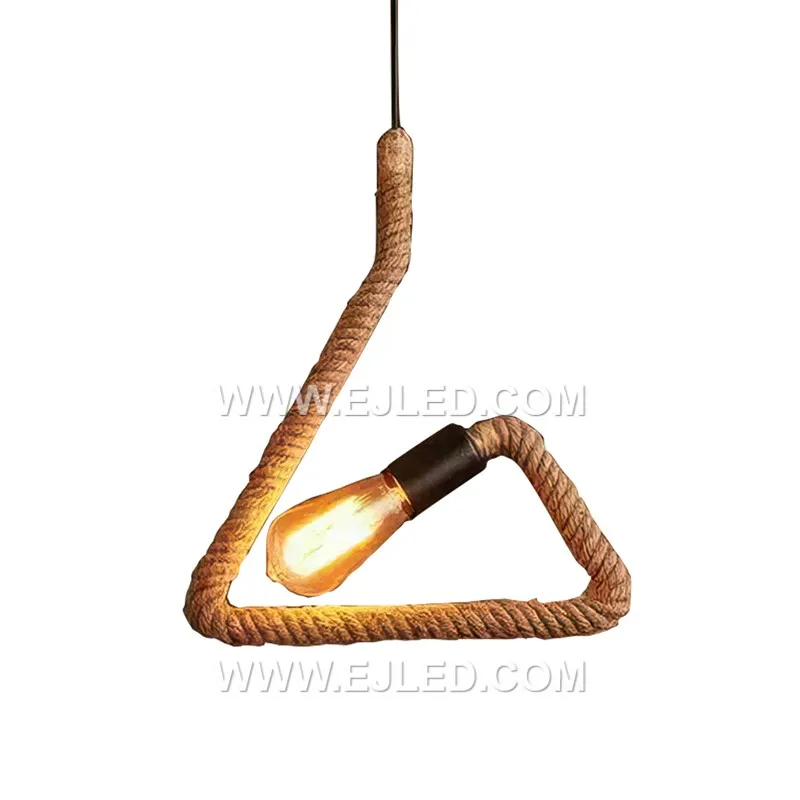
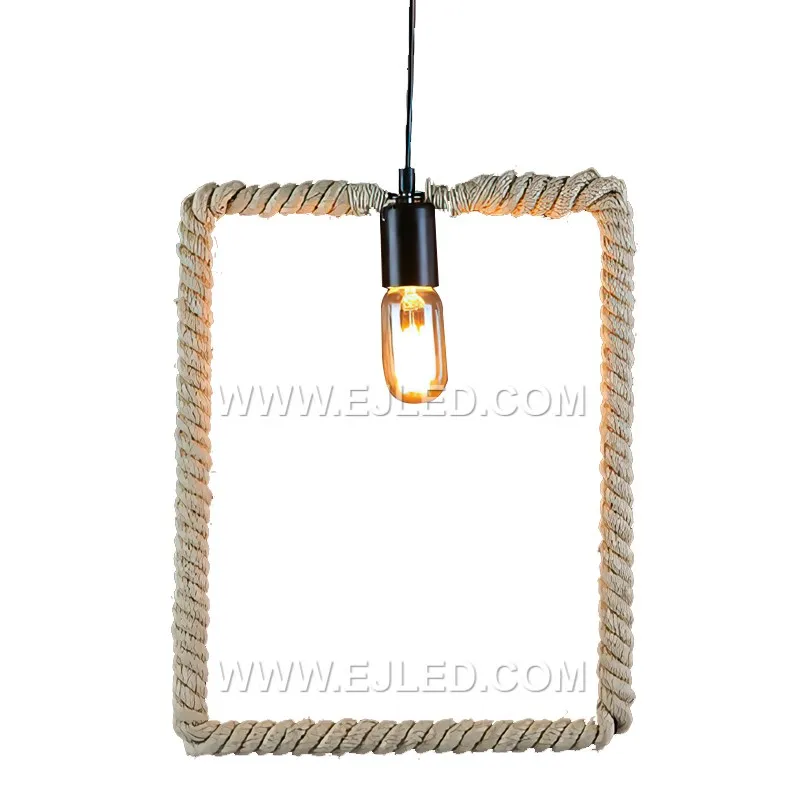
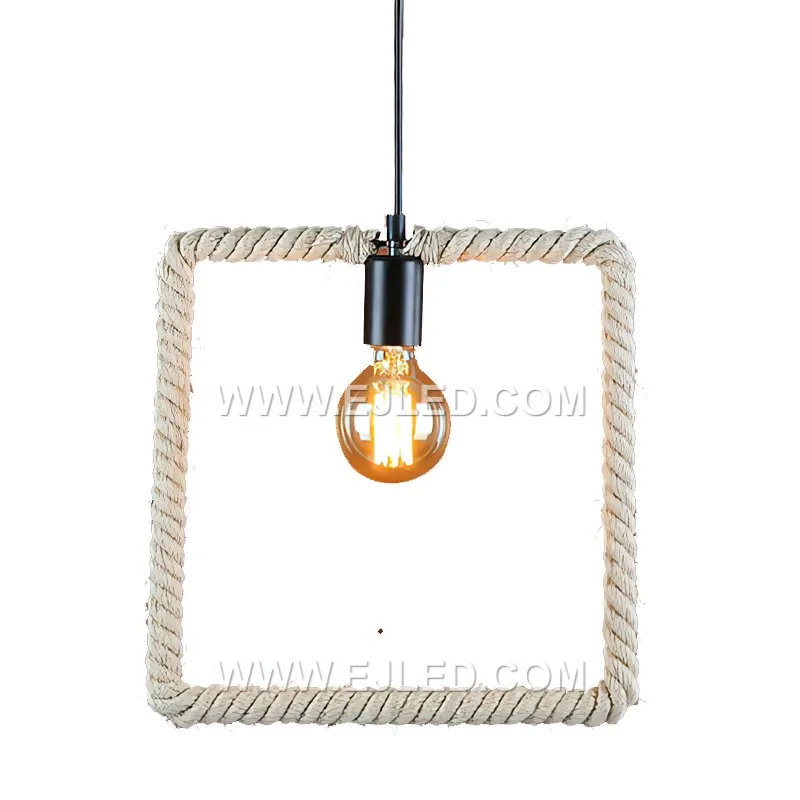
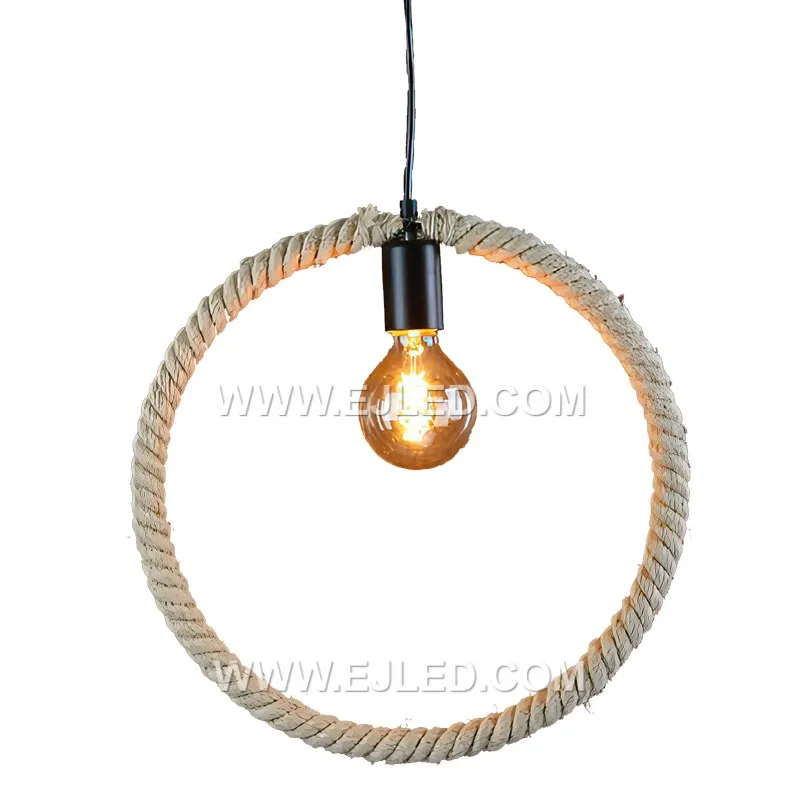
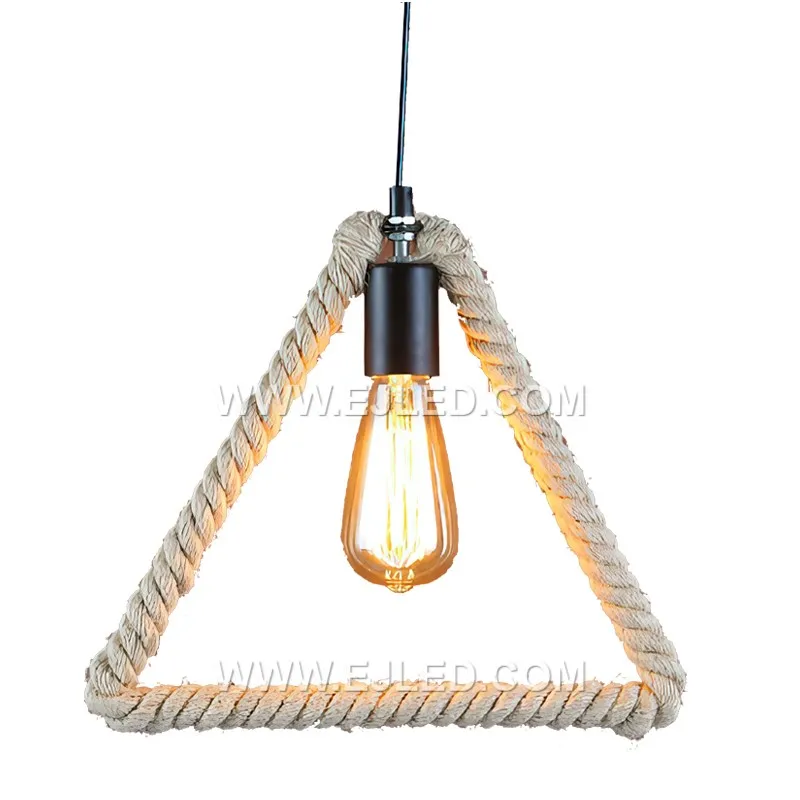
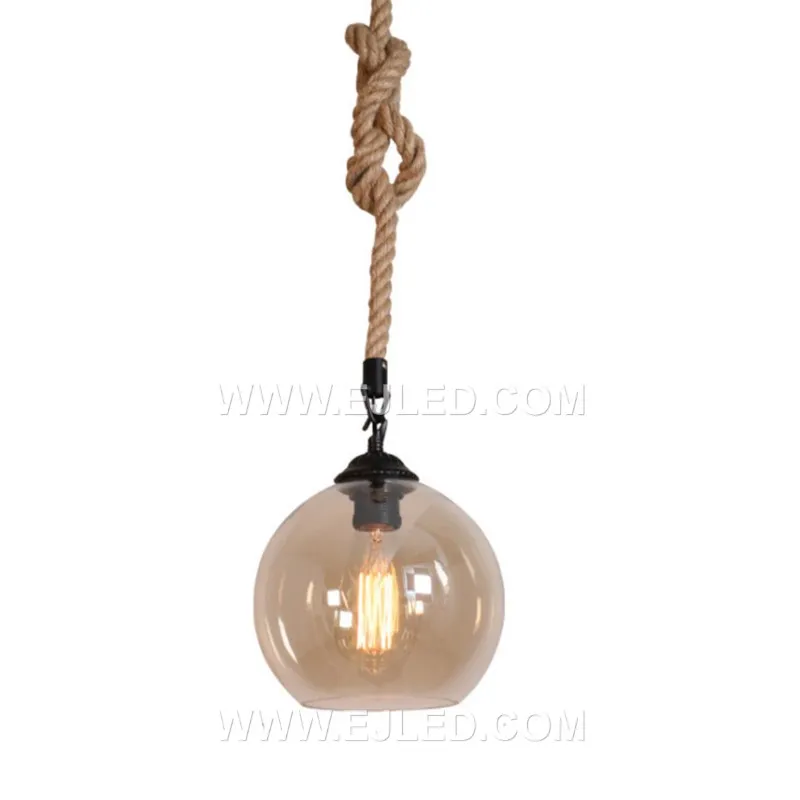
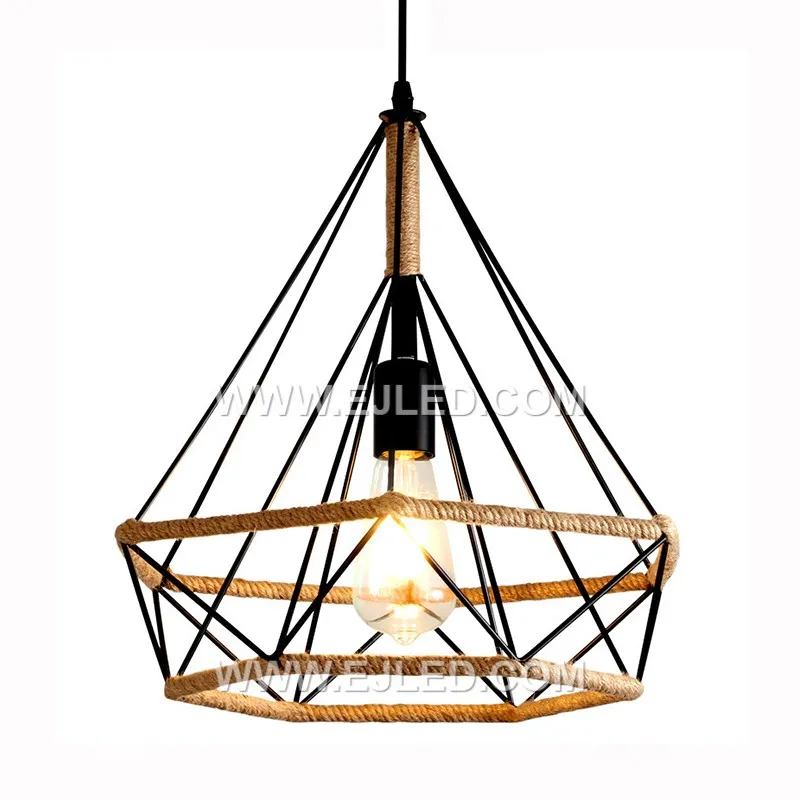
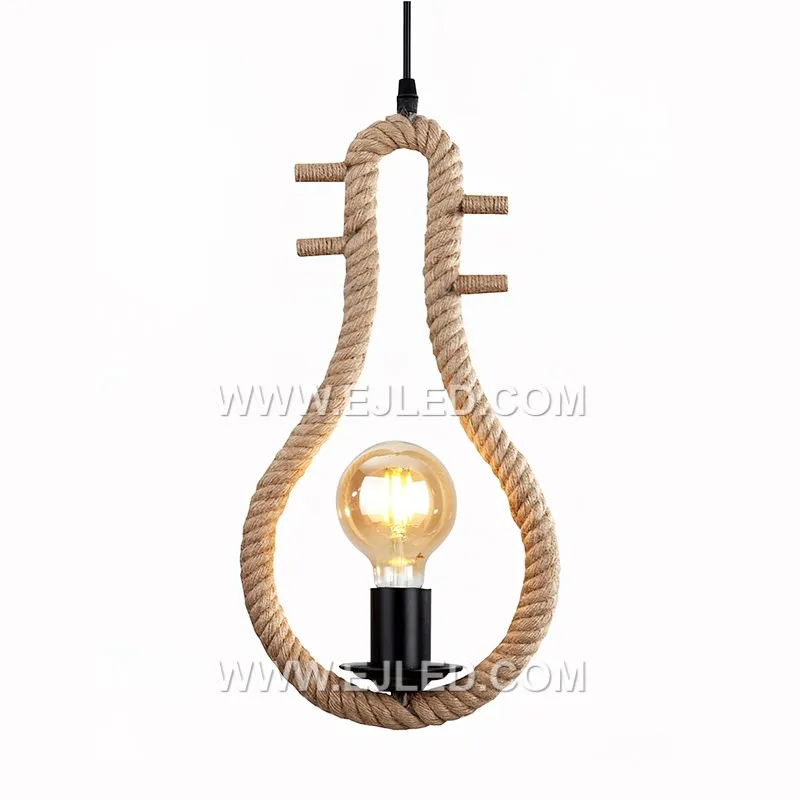
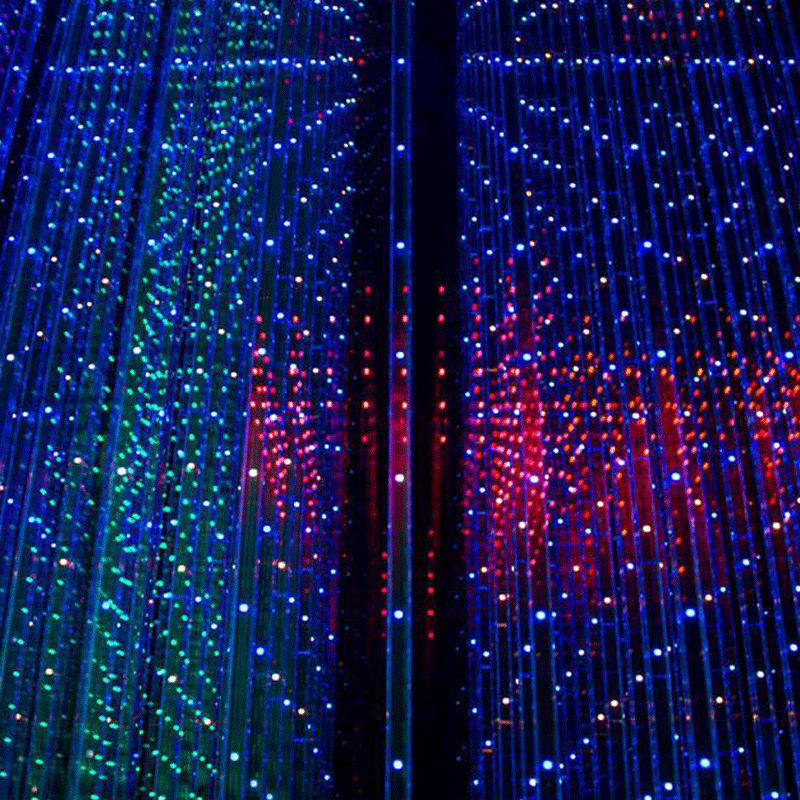

Leave a comment